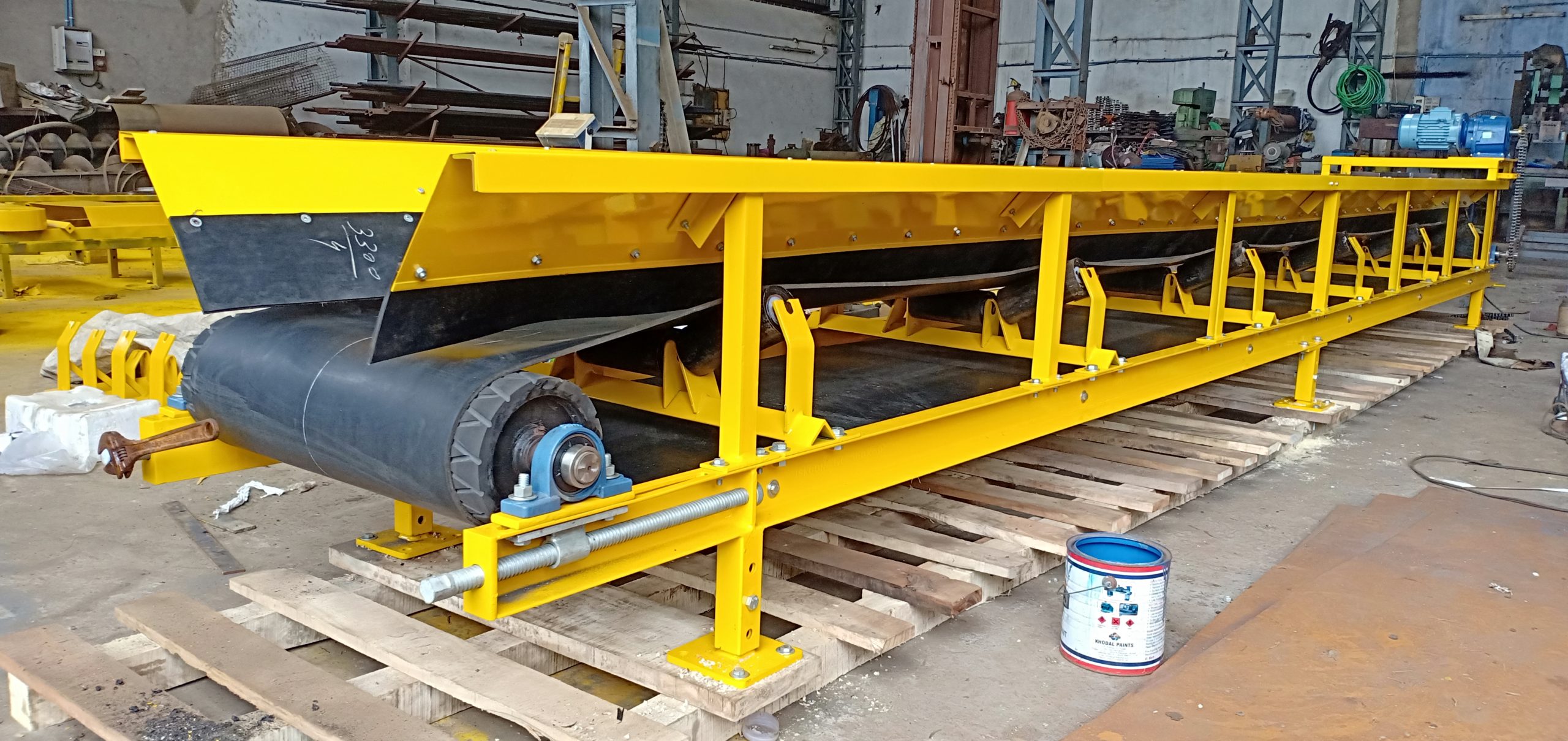How Rubber Conveyor Belts Are Made: A Sneak Peek Behind the Scenes
How Rubber Conveyor Belts Are Made: A Sneak Peek Behind the Scenes
Blog Article

Conveyor belts are essential components in various industries, serving as the backbone of material handling systems. From mining operations to food processing, these belts are engineered to transport goods efficiently and reliably. Among the most popular types are rubber conveyor belts, PVC conveyor belts, and rubber drive belts. Each type is tailored for specific applications, ensuring optimal performance and durability under different conditions.
The process of designing, developing, and producing these conveyor belts is both intricate and fascinating. Factory floors hum with activity as skilled technicians combine advanced technology with craftsmanship to create products that meet the highest standards. In this article, we will take you behind the scenes to explore how rubber conveyor belts and their variants are made, providing insight into the materials, techniques, and expertise that go into every stage of production.
Design Process of Conveyor Belts
Wholesale Steel Cord Conveyor Belt
The design process of conveyor belts begins with a thorough analysis of the specific application requirements. Engineers assess factors such as load capacity, speed, and environmental conditions to determine the appropriate materials and belt specifications. For rubber conveyor belts, the choice of rubber compound is critical, as it must withstand wear, temperature variations, and potential exposure to chemicals.
Once the materials are selected, the design team creates detailed schematics that outline the belt's dimensions and features. This may include considerations for adding reinforcement layers, varying the belt thickness, or incorporating specialized surfaces for improved grip. The design also contemplates the type of transfer system, whether it be a flat, modular, or cleated design, depending on the materials being handled and the conveyor layout.
Prototyping is the next step in the design process, where initial belt designs are created to assess functionality and durability. Testing is conducted to ensure that the conveyor belt meets operational standards and delivers the expected performance. Feedback from these tests informs any necessary adjustments before moving into the production phase, ultimately leading to a reliable and efficient conveyor belt tailored to its intended use.
Production Techniques for Rubber and PVC Belts
The production of rubber conveyor belts begins with careful selection of raw materials, including rubber compounds, fabric layers, and reinforcing materials. The rubber is blended with various additives to achieve specific properties such as elasticity, durability, and resistance to abrasion. This mixture is then molded into sheets or strips, which serve as the foundation of the conveyor belt. The design process involves determining the ideal thickness and width for the intended application, ensuring that the belt will perform effectively under the expected load.
For PVC conveyor belts, the process is somewhat different. Polyvinyl chloride is combined with plasticizers and other compounds to create a flexible yet strong material. The manufacturing process typically involves extruding the PVC into sheets and then layering them with textile reinforcement. This enhances the belt's strength and allows for better tracking during operation. Quality control is vital during this phase, as any imperfections in the material can lead to premature wear or failure during use.
In both rubber and PVC belt production, vulcanization is a critical step. This process involves heating the rubber or PVC under pressure, allowing it to cure and form a strong, cohesive bond. For rubber belts, this often includes adding sulfur, which helps create cross-links between the rubber molecules, enhancing its durability. After curing, the belts undergo final inspections and testing to ensure they meet industry standards before being cut to size and packaged for shipment. This meticulous attention to detail in the production techniques ensures that both rubber and PVC belts provide reliability and long-lasting performance in various applications.
Quality Control in Belt Manufacturing
Ensuring the quality of rubber conveyor belts, PVC conveyor belts, and rubber drive belts is paramount in the manufacturing process. Each stage of production is meticulously monitored to meet industry standards and customer specifications. Quality control begins with the selection of raw materials, where rigorous testing is conducted to verify the physical and chemical properties of the rubber compounds and PVC utilized. This initial step is crucial to ensure that the materials will withstand the operational environments for which the belts are designed.
Throughout the manufacturing process, various inspections and tests are implemented to track the performance and durability of the belts. These tests include tensile strength assessments, flexibility evaluations, and adherence checks for the bonding of layers. Advanced technologies such as computer-assisted testing and real-time monitoring systems assist in identifying any inconsistencies immediately, allowing for quick adjustments. These continuous evaluations guarantee that any potential faults are addressed before the products move to the next phase of production.
Final quality control measures take place before the conveyor belts are shipped to customers or specific applications. This includes thorough visual inspections for defects, conformity checks against design specifications, and comprehensive dimensional tests to confirm that the belts meet industry regulations. Documentation of the testing results is maintained to provide traceability and assurance to clients. This commitment to quality not only enhances the reliability of the products but also builds trust with customers, ensuring that they receive high-performance solutions.
Report this page